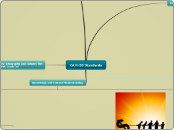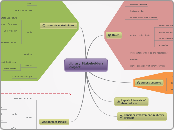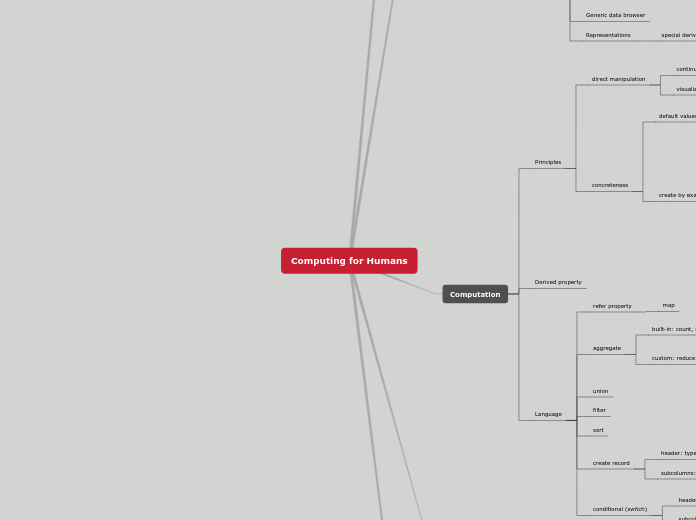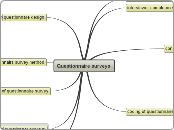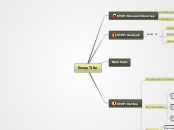CA H-SS Standards
Knowledge and Cultural Understanding
Historical Literacy
10.8.4. Describe the political, diplomatic, and military leaders during the war (e.g., Winston Churchill, Franklin Delano Roosevelt, Emperor Hirohito, Adolf Hitler, Benito Mussolini, Joseph Stalin, Douglas MacArthur, Dwight Eisenhower).
10.9.3. Understand the importance of the Truman Doctrine and the Marshall Plan, which established the pattern for America’s postwar policy of supplying economic and military aid to prevent the spread of Communism and the resulting economic and political competition in arenas such as Southeast Asia (i.e., the Korean War, Vietnam War), Cuba, and Africa.
10.8.2. Understand the role of appeasement, nonintervention (isolationism), and the domestic distractions in Europe and the United States prior to the outbreak of World War II.
The statement reflects the British belief that
which of the following policies would prevent
another war?
A containment
B isolation
C reparation
D appeasement
My good friends, for the second time in
our history, a British Prime Minister has
returned from Germany bringing peace
with honor. I believe it is peace for our
time . . . Go home and get a nice quiet
sleep.
—Neville Chamberlain, April 30, 1938
(following his return from the
Munich Conference)
Ethical Literacy
10.7.3. Analyze the rise, aggression, and human costs of totalitarian regimes Descriptions (Fascist and Communist) in Germany, Italy, and the Soviet Union, noting especially their common and dissimilar traits.
Stalin’s “Great Purge” from 1934 to 1939
A eliminated the army’s dominance in state decisions.
B expanded Soviet agriculture at the expense of industry.
C brought about the death of millions of people.
D replaced agricultural workers with technology.
10.8.5. Analyze the Nazi policy of pursuing racial purity, especially against the European Jews; its transformation into the Final Solution; and the Holocaust that resulted in the murder of six million Jewish civilians.
10.4.3. Explain imperialism from the perspective of the colonizers and the colonized and the varied immediate and long-term responses by the people under colonial rule.
Economic Literacy
10.3.4. Trace the evolution of work and labor, including the demise of the slave trade and the effects of immigration, mining and manufacturing, division of labor, and the union movement
10.9.1. Compare the economic and military power shifts caused by the war, including the Yalta Pact, the development of nuclear weapons, Soviet control over Eastern European nations, and the economic recoveries of Germany and Japan.
The economic recovery of Japan following
World War II focused primarily on
A rebuilding its military and weapons
capabilities.
B exporting raw materials in exchange for
consumer goods.
C developing an agricultural economy and
marine resources.
D developing industry and an export economy.
10.3.6. Analyze the emergence of capitalism as a dominant economic pattern and the responses to it, including Utopianism, Social Democracy, Socialism, and Communism.
Geographic Literacy
10.8.3. Identify and locate the Allied and Axis powers on a map and discuss the major turning points of the war, the principal theaters of conflict, key strategic decisions, and the resulting war conferences and political resolutions, with emphasis on the importance of geographic factors.
10.5.2. Examine the principal theaters of battle, major turning points, and the importance of geographic factors in military decisions and outcomes (e.g., topography, waterways, distance, climate).
Why did most of the combat on the Western Front in World War I take place in a relatively small area?
a. There is only a small amount of flat land in all of Europe.
b. The armies became immobile because of trench warfare.
c. Each side cut off the fuel supply of the other
d. Germany’s military tactics were based on “static warfare”
10.4.2. Discuss the locations of the colonial rule of such nations as England, France, Germany, Italy, Japan, the Netherlands, Russia, Spain, Portugal, and the United States.
SocioPolitical Literacy
10.3.3. Describe the growth of population, rural to urban migration, and growth of cities associated with the Industrial Revolution.
10.9.6. Understand how the forces of nationalism developed in the Middle East, how the Holocaust affected world opinion regarding the need for a Jewish state, and the significance and effects of the location and establishment of Israel on world affairs.
10.9.8. Discuss the establishment and work of the United Nations and the purposes and functions of the Warsaw Pact, SEATO, NATO, and the Organization of American States.
Which of the following was the primary cause of the Cold War between the US and the USSR?
a. A competition over political influence over other countries
b. Direct, armed conflict between the two nations
c. Deep reduction of military expenditure
d. The founding of the United Nations.
Cultural Literacy
10.3.7. Describe the emergence of Romanticism in art and literature (e.g., the poetry of William Blake and William Wordsworth), social criticism (e.g., the novels of Charles Dickens), and the move away from Classicism in Europe.
10.6.4. Discuss the influence of World War I on literature, art, and intellectual life in the West (e.g., Pablo Picasso, the “lost generation” of Gertrude Stein, Ernest Hemingway).
Authors Ernest Hemingway and F. Scott Fitzgerald are identified with:
A. The lost generation
B. Romanticism
C. The Classical Era
D. Naturalism
10.10.1. Understand the challenges in the regions, including their geopolitical, cultural, military, and economic significance and the international relationships in which they are involved.
World History, Geography and culture: The modern world: Grade 10
Goal of skill Attainment and Social Participation
Basic Study Skills
CCSS.ELA-Literacy.SL.9-10.5 Make strategic use of digital media (e.g., textual, graphical, audio, visual, and interactive elements) in presentations to enhance understanding of findings, reasoning, and evidence and to add interest.
CCSS.ELA-Literacy.RH.9-10.1 Cite specific textual evidence to support analysis of primary and secondary sources, attending to such features as the date and origin of the information.
CCSS.ELA-Literacy.RH.9-10.5 Analyze how a text uses structure to emphasize key points or advance an explanation or analysis.
Critical Thinking Skills
CCSS.ELA-Literacy.RH.9-10.3 Analyze in detail a series of events described in a text; determine whether earlier events caused later ones or simply preceded them.
CCSS.ELA-Literacy.RH.9-10.6 Compare the point of view of two or more authors for how they treat the same or similar topics, including which details they include and emphasize in their respective accounts.
CCSS.ELA-Literacy.RH.9-10.9 Compare and contrast treatments of the same topic in several primary and secondary sources.
Pariticipation Skills
CCSS.ELA-Literacy.SL.9-10.2 Integrate multiple sources of information presented in diverse media or formats (e.g., visually, quantitatively, orally) evaluating the credibility and accuracy of each source.
CCSS.ELA-Literacy.SL.9-10.4 Present information, findings, and supporting evidence clearly, concisely, and logically such that listeners can follow the line of reasoning and the organization, development, substance, and style are appropriate to purpose, audience, and task.
CCSS.ELA-Literacy.SL.9-10.1b Work with peers to set rules for collegial discussions and decision-making (e.g., informal consensus, taking votes on key issues, presentation of alternate views), clear goals and deadlines, and individual roles as needed.
Democratic Understanding and Civic Values
National Identity
Constitutional Heritage
10.2.2 List the principles of the Magna Carta, the English Bill of Rights (1689), the American Declaration of Independence (1776), the French Declaration of the Rights of Man and the Citizen (1789), and the U.S. Bill of Rights (1791).
10.2.3 Understand the unique character of the American Revolution, its spread to other parts of the world, and its continuing significance to other nations.
Civic Rights, Values, and Responsibilities
10.5.4. Understand the nature of the war and its human costs (military and civilian) on all sides of the conflict, including how colonial peoples contributed to the war effort.
10.2.4. Explain how the ideology of the French Revolution led France to develop from constitutional monarchy to democratic despotism to the Napoleonic empire.
10.1.3. Consider the influence of the U.S. Constitution on political systems in the contemporary world.
